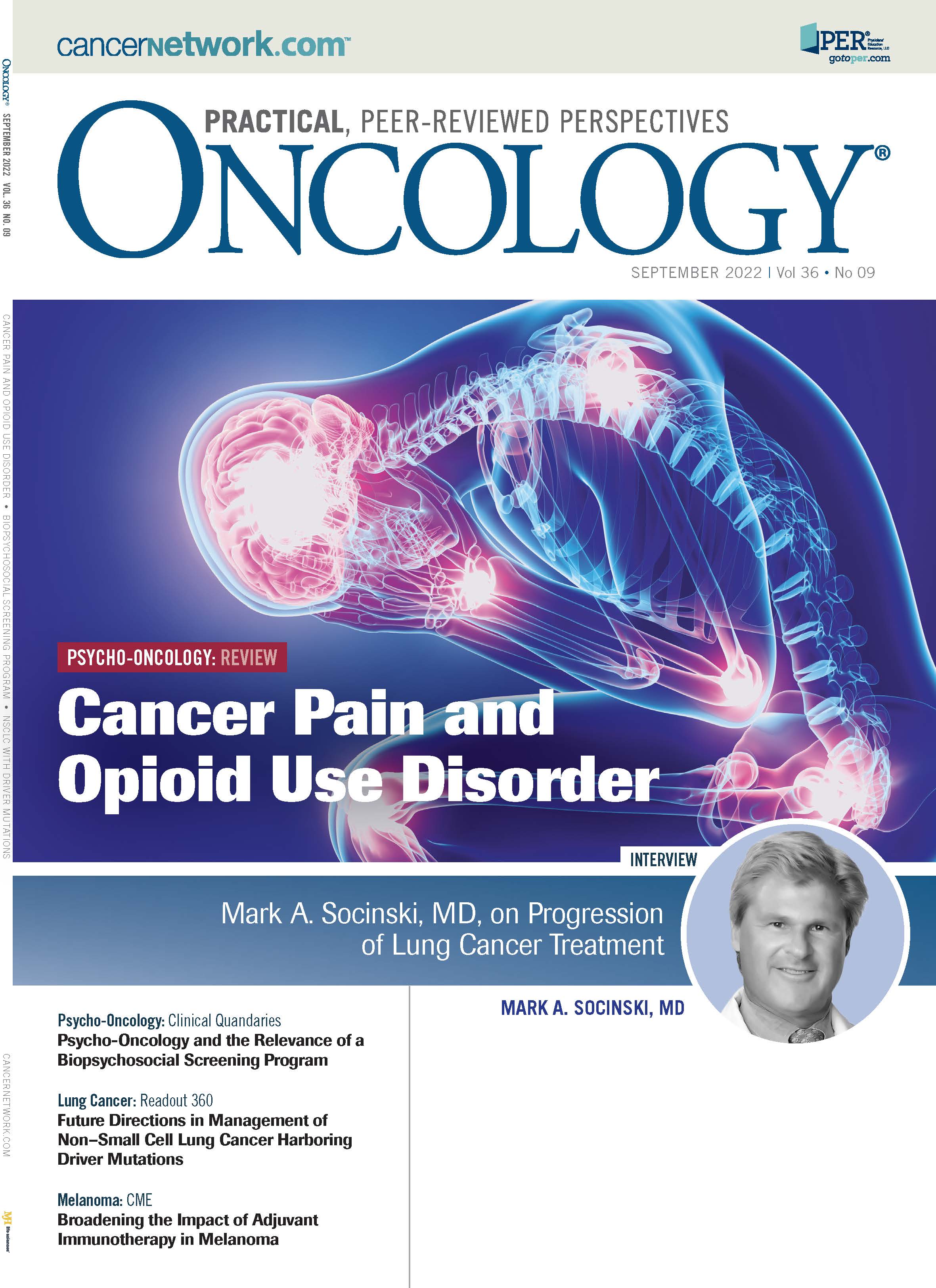Is Drug Price Negotiation a Concept Whose Time Has Come?
Howard S. Hochster, MD, considers drug price negotiation in this month's Letter to the Readers.
As I write this, the US Congress has just approved the Inflation Reduction Act of 2022, which includes a provision that Medicare be allowed to negotiate drug prices with pharmaceutical companies. The first steps will not happen until 2026, when 10 of the most popular drugs will be subject to drug price negotiation. Additional provisions of the bill will make key changes to reimbursement to patients enrolled in Medicare Part D.
Why is this important? Currently, according to US regulations and law, Medicare must pay for any drug approved by the FDA. Prices are set by the drug companies. That’s it. We pay the price the drug companies set, which is mainly related to the price set for the last drug approved for the indication or disease, plus an incremental cost. There is no relationship to complexity of the drug, cost of manufacture, or developmental costs. The incremental costs have doubled the cost of some drugs over a few years. And surprisingly, for those who studied economics, even with more competition (eg, all the anti–PD-1 drugs now available), the prices do not come down.
This pricing structure stands in contrast to almost every other country where drug prices are negotiated with the regulatory agencies. In England, for example, a second process to assess the cost effectiveness of the agent is required by the National Institute for Health and Care Excellence committee for reimbursement by the National Health Service. One way to improve cost effectiveness is to reduce cost. And that explains why brand-name drugs are generally cheaper in every other country. This also explains why many patients order “gray market” drugs from Canada, Mexico, or Europe, which may be even cheaper than their co-pay amounts in the United States. For example, a newer colon cancer drug for refractory disease, Lonsurf (trifluridine/tipiracil), can cost $20,000 per month for 70 mg twice daily. A patient I saw recently could not afford the $3000 per month co-pay, and he had too much income to qualify for patient assistance. He was stuck and had to take out a second mortgage on his house to get the necessary funds. And who hasn’t experienced heartbreak and major dismay such as when a patient tells you that she did not take her pain medications this month because the choice was either paying for the drugs or feeding her family? These are examples of the economic toxicity we see in our daily practice.
With the new legislation, price negotiation won’t start for another few years and only for the top 10 prescription drugs, which are unlikely to include chemotherapy agents. This is a small step in the direction of leveling the playing field, because patients in the US pay more than their fair share.
In addition, Medicare only paid for drugs administered in the doctor’s office before Medicare “part D” was enacted in 2006 (following compromises with industry lobbyists). The system is far from perfect. Patients are left with a “donut hole,” or coverage gap, after a basic amount is paid, at which point they have a 25% co-pay. In 2022, Medicare part D (outpatient pharmacy benefits) covers an initial cost of approximately $4330 then has a donut hole up to $6550 for which the patient co-pay is 25%. Patients falling into that coverage gap will have major outlays. The new legislation eliminates this coverage gap and the 5% co-pay after $7000.
Many commentators have opined that this will cause seriously decreased innovation and new drugs. This is unlikely to be the case. Too much is at stake for these companies to stop new drug development. Furthermore, much of new drug discovery occurs by licensing novel technology from universities. These discoveries and their intellectual property may be licensed by biotech firms, and sometimes these biotech firms are bought out by large pharmaceutical companies. You, the taxpayers of the United States, are paying for much of this basic academic research leading to new drugs, yet you don’t see many of the benefits.
Here are some ways to save money: end direct-to-consumer advertising; remove pharmacy benefit managers to bring down purchase costs; make biosimilars interchangeable (just as with interchangeable generic small molecule drugs as allowed by the Hatch-Waxman Act) and end branded biosimilars; and end the process of prior authorization, which costs more to the health care system than it saves.
Other countries pay less for their medications, and we in the United States end up paying more than our fair share. Negotiations by Medicare and the VA system should help rebalance our costs vis-à-vis what everyone else in the world pays.

How Supportive Care Methods Can Improve Oncology Outcomes
Experts discussed supportive care and why it should be integrated into standard oncology care.